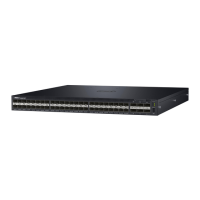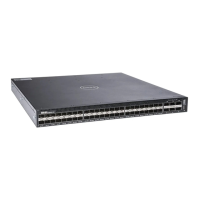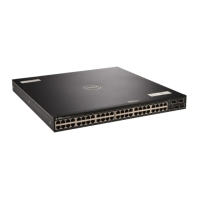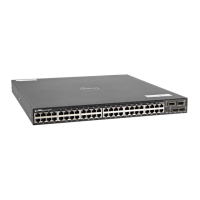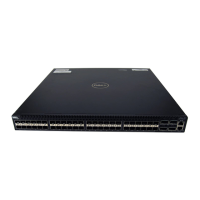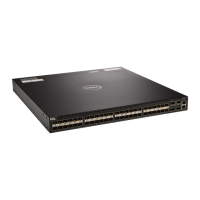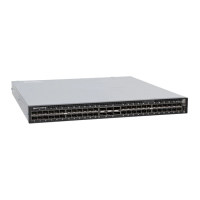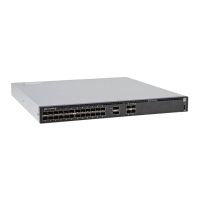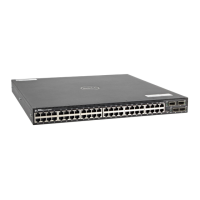0x5e62df4 0 2 18508 701 17302 i
0x3a1814c 0 26 18508 209 22291 i
0x567ea9c 0 75 18508 209 3356 2529 i
0x6cc1294 0 2 18508 209 1239 19265 i
0x6cc18d4 0 1 18508 701 2914 4713 17935 i
0x5982e44 0 162 18508 209 i
0x67d4a14 0 2 18508 701 19878 ?
0x559972c 0 31 18508 209 18756 i
0x59cd3b4 0 2 18508 209 7018 15227 i
0x7128114 0 10 18508 209 3356 13845 i
0x536a914 0 3 18508 209 701 6347 7781 i
0x2ffe884 0 1 18508 701 3561 9116 21350 i
Next Hop
The next hop is the IP address used to reach the advertising router.
For EBGP neighbors, the next-hop address is the IP address of the connection between the neighbors. For
IBGP, the EBGP next-hop address is carried into the local AS. A next hop attribute is set when a BGP speaker
advertises itself to another BGP speaker outside its local AS and when advertising routes within an AS. The
next hop attribute also serves as a way to direct traffic to another BGP speaker, rather than waiting for a
speaker to advertise. When a next-hop BGP neighbor is unreachable, then the connection to that BGP
neighbor goes down after hold down timer expiry. The connection flap can also be obtained immediately
with Fallover enabled. BGP routes that contain the next-hop as the neighbor address are not sent to the
neighbor. You can enable this feature using the
neighbor sender-side-loopdetect command.
NOTE: For EBGP neighbors, the next-hop address corresponding to a BGP route is not resolved if the
next-hop address is not the same as the neighbor IP address.
NOTE: The connection between a router and its next-hop BGP neighbor terminates immediately only if
the router has received routes from the BGP neighbor in the past.
Multiprotocol BGP
Multiprotocol extensions for BGP (MBGP) is defined in IETF RFC 2858. MBGP allows different types of address
families to be distributed in parallel.
MBGP allows information about the topology of the IP multicast-capable routers to be exchanged separately
from the topology of normal IPv4 and IPv6 unicast routers. It allows a multicast routing topology different
from the unicast routing topology.
MBGP uses either an IPv4 address configured on the interface (which is used to establish the IPv6 session) or
a stable IPv4 address that is available in the box as the next-hop address. As a result, while advertising an IPv6
network, exchange of IPv4 routes does not lead to martian next-hop message logs.
NOTE: It is possible to configure BGP peers that exchange both unicast and multicast network layer
reachability information (NLRI), but you cannot connect multiprotocol BGP with BGP. Therefore, you
cannot redistribute multiprotocol BGP routes into BGP.
Border Gateway Protocol IPv4 (BGPv4) 218
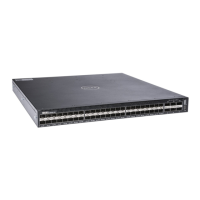
